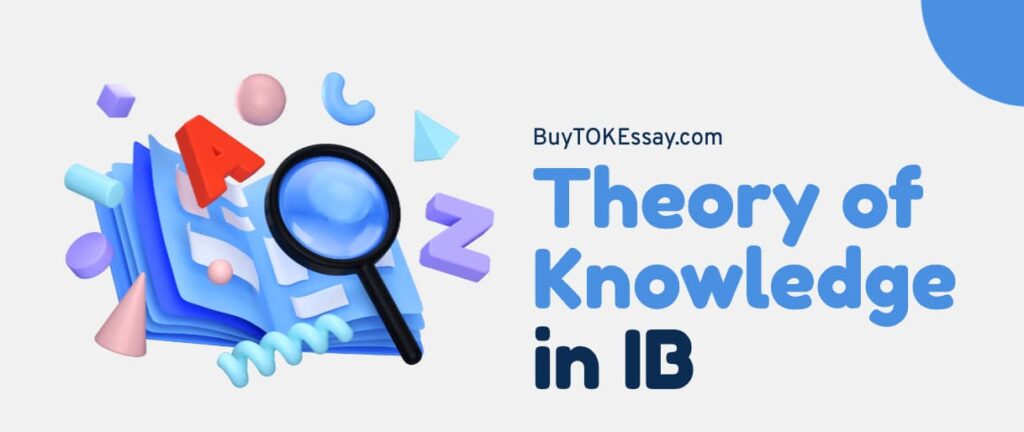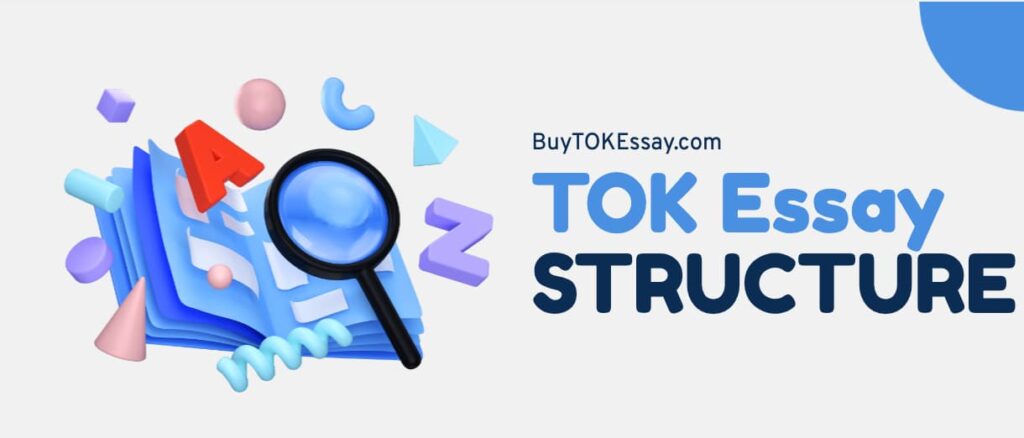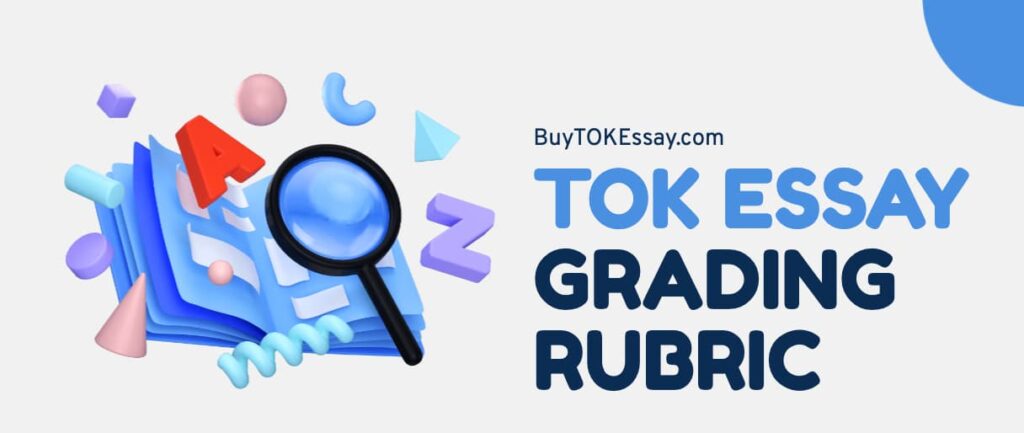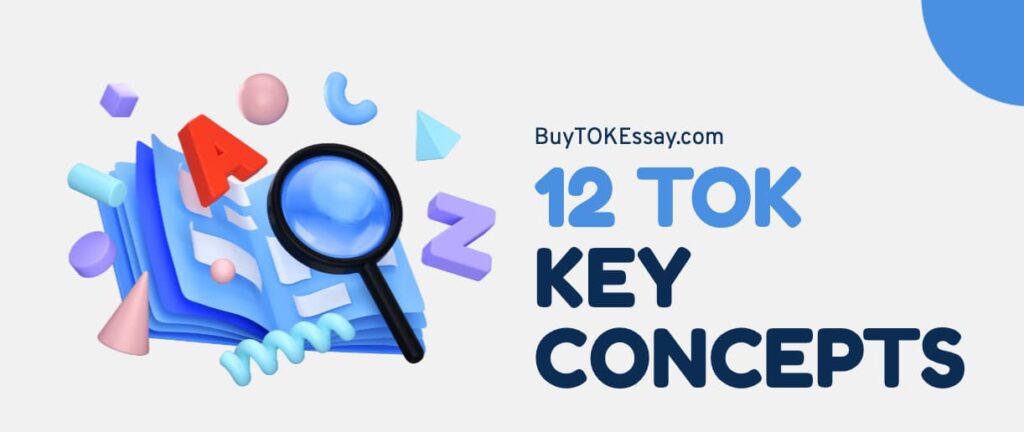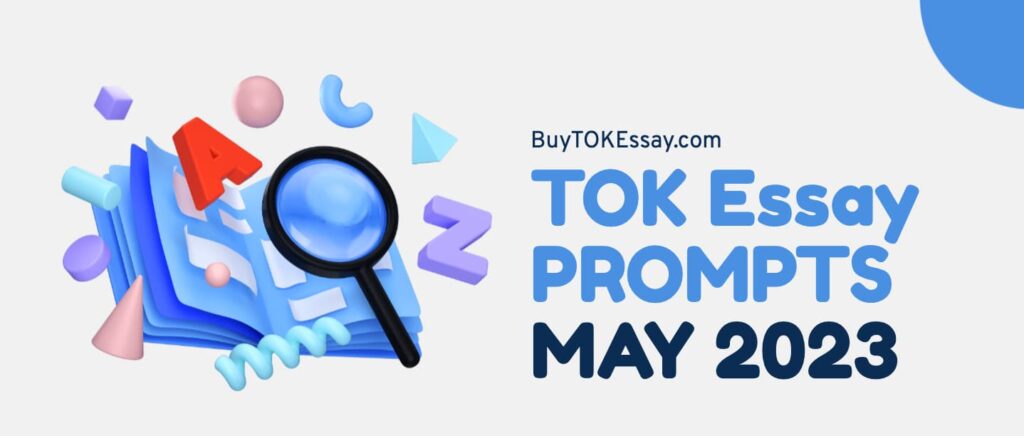Ah, the TOK exhibition. It is a rite of passage for many IB students. As an experienced IB tutor, I’ve guided countless students through this intricate maze. In my opinion, to excel in this task, one must genuinely grasp the TOK exhibition rubric.
Introduction to the TOK Exhibition Rubric
The Theory of Knowledge (TOK) exhibition is a significant component within the International Baccalaureate (IB) curriculum. For IB students, it presents a unique platform to exhibit their knowledge comprehension, rooting it in practical, real-world contexts.
Having been deeply involved with the IB program, I can confidently assert that this exhibition is not just another assignment. It’s a reflection of your holistic engagement with the IB syllabus. Following the overarching IB guidelines, understanding the rubric becomes essential for achieving success.
What Is the TOK Exhibition?
If you’re getting acquainted with this concept, the TOK exhibition involves a thorough investigation wherein students present three artifacts. Each artifact corresponds to a real-life situation, acting as a symbol or representation of multifaceted knowledge concerns. These artifacts, pulled from a wide range of subjects and domains, illustrate the intertwined nature of knowledge. I think it’s like a canvas where theoretical constructs come alive, taking a tangible shape.
Why is the TOK Exhibition Important for IB Students?
At first glance, the TOK exhibition is another academic hurdle. However, its underlying significance is profound. Primarily, the exhibition cultivates skills of critical analysis and reflection, attributes that are invaluable in today’s world.
With my extensive experience in the IB realm, I’ve observed that this project encourages students to question, evaluate, and value the extensive knowledge they’ve accumulated over time. Moreover, it is evidence of one’s capacity to draw connections between abstract theories and real-world scenarios.
Critical Elements of the TOK Exhibition Rubric
Having guided countless students through the IB path, one thing stands clear: those who get into the intricacies of the TOK exhibition rubric tend to have a smoother sail. With that said, let’s unravel the core components that anchor this rubric.
The Role of Knowledge Questions
Central to the TOK exhibition are the knowledge questions. They’re the pivot around which your entire work revolves. Making a compelling and intelligent question is akin to laying a robust foundation for a building. From what I’ve gathered and according to the general IB criteria, they should meticulously address knowledge’s essence, extent, and boundaries.
Remember, a well-structured question illuminates the path for your exhibition and beckons the evaluator into your world of understanding.
Assessing the Quality of the Chosen Artifacts
Selecting the right artifacts is pivotal. Amidst many potential selections, the student is responsible for identifying those brimming with significance and pertinence. To guide you further, here’s a list to consider when assessing the quality of chosen artifacts:
- Relevance. Does the artifact directly relate to the knowledge question? It should have an evident connection.
- Depth. Does the artifact offer layers of understanding, or is it superficial? The best pieces allow for deeper analysis and interpretation.
- Authenticity. Is the artifact genuine or contrived? Authentic pieces often carry more weight and are more engaging to the audience.
- Diversity. Does your selection of artifacts showcase a range of perspectives or sources? It’s beneficial to demonstrate varied viewpoints.
- Clarity. Is the connection between the artifact and the knowledge question easily discernible? While depth is crucial, transparency ensures your message is preserved.
- Engagement. Does the artifact captivate attention? Engaging pieces can make your exhibition more memorable.
- Originality. While using commonly known artifacts is okay, adding a touch of uniqueness can set your exhibition apart.
Remember, while this list is a guideline, trust your intuition and understanding. After all, the TOK exhibition is a personal reflection of your IB path.
Evaluating the Connection between Artifacts and Knowledge Questions
It is where the magic happens. Drawing clear and insightful connections can genuinely set your exhibition apart. And here’s where your analytical insight comes into play. Establishing lucid and profound links between your artifacts and knowledge questions is artistry.
In my view, this segment is the crescendo of your TOK exhibition. It’s not just about stating obvious links; it’s about weaving a narrative that showcases your depth of understanding and ability to discern subtle relationships.
Overviewing the IB TOK Exhibition Rubric
Yes, the IB TOK exhibition rubric can seem daunting. But, as a seasoned IB tutor, I’ve seen students repeatedly turn this challenge into an opportunity. How, you ask?
What Makes a Good Exhibition?
The secret sauce? From my vantage point, the key lies in ensuring coherence and delving deep. A stellar exhibition isn’t just a compilation of artifacts and questions; it’s a carefully woven tapestry where each thread has its purpose and contributes to the larger picture. Each component should flow seamlessly into the next, creating a harmonious and logical progression.
Moreover, more than superficial insights will be needed. Genuine reflection, rooted in personal experiences and comprehensive understanding, adds depth and richness to the exhibition. Presenting arguments and insights that are rehearsed and felt deeply resonates more with the audience.

Common Mistakes and How to Avoid Them
Over the years, I’ve pinpointed a few recurrent missteps students tend to make:
- Misalignment of Artifacts and Questions. The remedy? Regularly cross-check and ensure that every chosen artifact directly complements your questions.
- Neglecting the Rubric. My advice? Familiarize yourself with the rubric early on and use it as a checklist.
- Overcomplication. Aim for clarity and precision. A clear, well-articulated point often has a more lasting impact than a complex, hard-to-follow narrative.
- Lack of Originality. Drawing from unique personal experiences or presenting unconventional perspectives can make your exhibition stand out.
In conclusion, while the path to a commendable TOK exhibition has its hurdles, with meticulous planning, genuine reflection, and adherence to guidelines, success is not just a possibility; it’s a guarantee.
TOK Exhibition Rubric 2023 & 2024: What’s New?
The dynamism of the educational landscape ensures that nothing remains stagnant for too long, and the TOK exhibition rubric for 2023/2024 is a testament to this principle. As with each update, the aim is to refine the process, ensuring it remains relevant and rigorous.
Changes in the Latest Rubric
For those acquainted with the previous versions, a few updates in the TOK exhibition rubric 2023/2024 might pique your interest:
- While the earlier rubrics stressed the importance of knowledge and its theoretical implications, the latest iteration places a more significant emphasis on real-world applicability. The goal is to push students to bridge the gap between abstract concepts and tangible realities.
- The evaluation criteria have been made more concise. This change aims to provide more straightforward guidance and reduce ambiguity in assessment.
- The new rubric underscores the importance of personal engagement and reflection. It encourages students to draw from their experiences, ensuring a more authentic and individualized exhibition.
- Clarifying guidance on how artifacts should correlate with knowledge questions ensures a more cohesive presentation.
So, The TOK exhibition rubric 2023/2024 has introduced subtle shifts in emphasis. As an experienced IB writer and tutor, I’d recommend going through it meticulously.
Adapting to the 2023/2024 Guidelines
Change, while initially daunting, often heralds growth and expansion. Here’s how to harness the potential of the new rubric:
- Before beginning, familiarize yourself thoroughly with the nuances of the rubric. A deep understanding will provide a more precise roadmap.
- Engage with teachers, tutors, or seasoned writers familiar with the changes. Their insights can provide invaluable perspectives.
- Given the enhanced focus on personal engagement, set aside time for introspection. Get into your reservoir of experiences, seeking connections with the core tenets of TOK.
- Review and realign your work according to the new guidelines if you’ve already started on your exhibition.
- Rather than viewing the changes as additional hurdles, see them as opportunities to refine and enhance your work. The new perspectives offered by the 2023/2024 guidelines can add layers of depth to your exhibition.
In the grand tapestry of the IB path, the TOK exhibition is but a single, albeit significant, thread. With the right approach and mindset, this updated rubric can catalyze a genuinely enlightening and enriching experience.

Need help with your IB TOK Exhiition?
Unlock your potential and unleash the brilliance of your TOK exhibition with the help of our experts at BuyTOKEssay.com! Whether you’re starting from scratch or fine-tuning your existing TOK assignment to meet the demands of your supervisor, our team is here to make your dream of a perfect paper a reality. Say goodbye to writer’s block and hello to success with just one click.
TOK Exhibition Rubric Tips for Students
As you gear up to create your TOK exhibition, every choice you make, from the artifacts to the knowledge questions, contributes to your narrative, so before we wrap up, here are a few parting words of wisdom.
How to Choose Impactful Artifacts?
The trick is to balance relevance with resonance. An impactful artifact doesn’t just sit passively; it sparks interest, conversations, and sometimes even debates. As you mull over potential artifacts, visualize them as storytellers. Do they weave tales that align with your knowledge questions? Do they captivate and intrigue? If yes, you’re on the right track.
Thought-Provoking Knowledge Questions
Knowledge questions are the pillars of your TOK exhibition. Crafting them is indeed more art than science. The beauty lies in their breadth, depth, and the research potential they offer.
A good starting point is to cast a wide net, letting your curiosity guide you. Once you have a broad array of questions, the refinement process begins. This phase is all about distillation — trimming, refining, and sharpening each question until it stands out, clear, and compelling.
Ensuring Alignment with the TOK Rubric Exhibition Criteria
Familiarize yourself with every nuance, every criterion. As you progress, revisit the rubric. Cross-checking your work against the criteria ensures that you’re aligned with the expectations and are going toward creating a standout exhibition.
Wrapping Up
So, there we have it! A comprehensive look at the TOK exhibition rubric. From my extensive experience with the IB, success is well within reach with the right approach and mindset. Here’s wishing every IB student the very best!
Remember, it’s all about understanding, reflecting, and connecting. Onwards and upwards!

